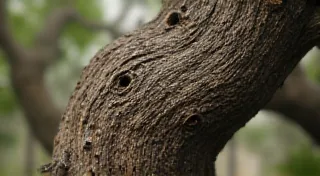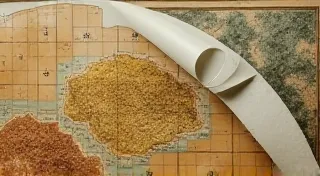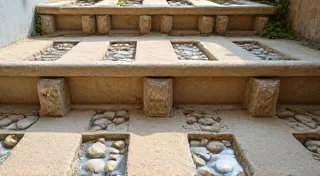Unearthing the Form: Discovering Sculpture Through Subtraction
There's a quiet joy, a profound satisfaction, that accompanies the act of penknife whittling. It's more than just shaping wood; it's a conversation with the material, a dance between intention and accident. It's a process born of subtraction, of carefully removing what isn't needed to reveal what already exists within the block of wood. This isn’t just about carving; it’s about discovering the form that patiently waits to be freed.
A Whisper of the Past: The Roots of Whittling
The history of penknife whittling isn't a grand, documented narrative etched into stone tablets. It’s woven into the fabric of everyday life, carried in the calloused hands of sailors, farmers, and children. It’s a folk tradition as old as the tools used to practice it - a simple knife, a piece of wood, and an innate desire to create.
While elaborate wood carving has always been associated with skilled artisans and commissioned pieces, whittling occupied a different, more accessible realm. It emerged as a spontaneous activity, a way to occupy hands and minds during long hours at sea, on farms, or simply around the hearth. Think of sailors meticulously carving small figures from driftwood, a tangible reminder of home while traversing vast oceans. Imagine a rural farmer, after a long day in the fields, finding solace in the rhythmic paring of a block of basswood. It was a democratized form of art; a skill passed down through generations, not through formal apprenticeships, but through observation and practice.
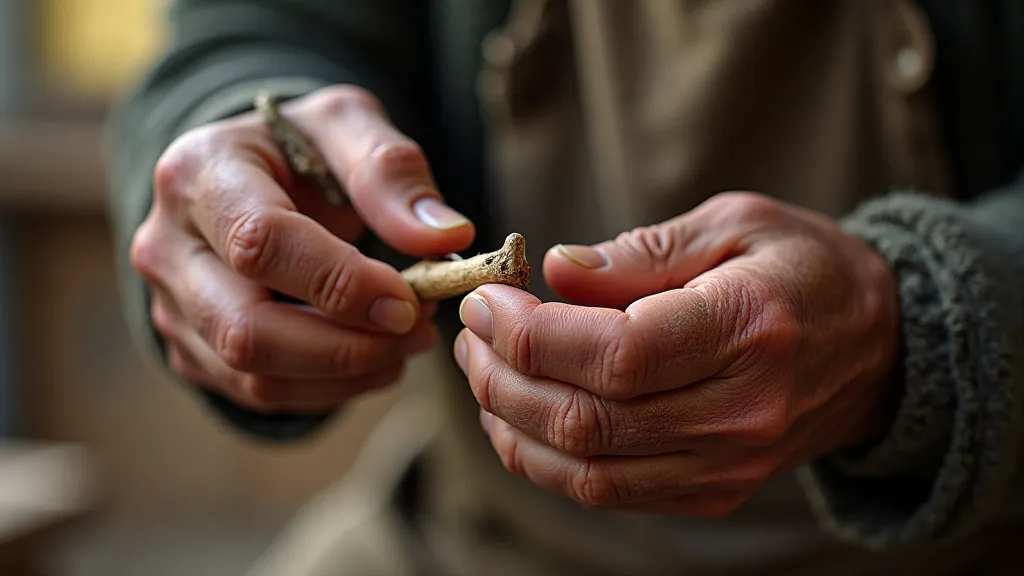
The Tools of the Trade: Simplicity and Precision
The beauty of penknife whittling lies in its minimalist toolkit. The penknife itself, a deceptively simple tool, is the heart of the process. Early penknives were often crude, utilitarian instruments, built for everyday tasks rather than dedicated carving. However, their functionality proved surprisingly adept at shaping wood. The angle of the blade, the sharpness of the edge, the way the handle fits in the hand – all these nuances affect the carving process in profound ways.
Later, specialized whittling knives began to emerge, often with shorter, more controllable blades and ergonomic handles designed for extended use. But even today, a basic, well-sharpened penknife can be more than adequate for producing stunning results. The key is not the sophistication of the tool, but the skill and control of the carver.
The Dance of Subtraction: Problem-Solving in Wood
Unlike additive sculpting – building up a form from clay or plaster – whittling is a process of subtraction. You begin with a solid block of wood and progressively remove pieces until the desired form emerges. This presents a unique set of challenges. Each cut is permanent. There's no going back. This demands careful planning, precise execution, and a healthy dose of spatial reasoning.
The act of whittling is fundamentally about problem-solving. You’re constantly assessing the wood's grain, anticipating how it will behave under the knife, and adjusting your approach accordingly. A stubborn knot might require a change of strategy. An unexpected split might necessitate a creative solution. These unexpected moments are often the most rewarding, transforming potential setbacks into opportunities for innovation. The sculptor doesn't *make* the form; they *reveal* it. They listen to the wood’s resistance and adjust their movements accordingly.
A Folk Art Legacy: From Toys to Totems
Historically, penknife whittling has manifested in countless forms – from simple toys and figurines for children to elaborate totems and ceremonial objects. In rural communities, children would often whittle small animals or miniature tools, honing their skills and developing a connection to the natural world. In some cultures, intricate walking sticks adorned with carved figures served as symbols of status and storytelling. The carvings themselves reflected the values and traditions of the communities that produced them.
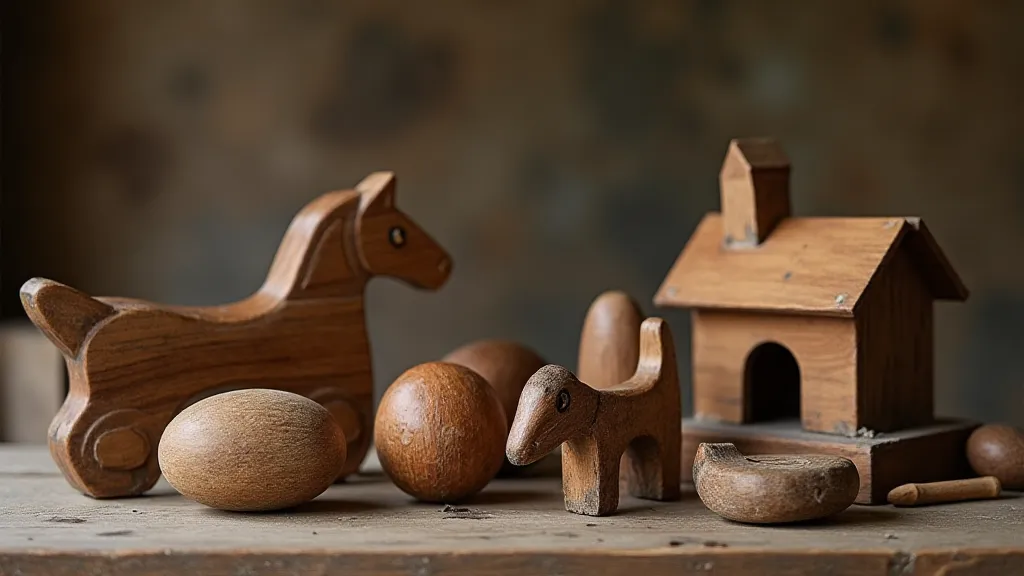
The rise of industrialization and mass-produced toys inevitably impacted the prevalence of handcrafted whittling. However, the tradition never entirely disappeared, passed down through families and preserved within niche communities.
Revival and Contemporary Approaches
Today, penknife whittling is experiencing a resurgence in popularity. Driven by a desire for connection to traditional crafts and a rejection of mass-produced goods, many are rediscovering the joys of working with their hands and creating something beautiful from a simple block of wood. Online communities and workshops are flourishing, providing a platform for sharing knowledge, techniques, and inspiration.
Contemporary whittling artists are pushing the boundaries of the craft, exploring new forms, and incorporating innovative techniques. While the core principles of subtraction and problem-solving remain unchanged, the possibilities for creative expression are endless. It’s a chance to reconnect with a slower pace of life, to find beauty in simplicity, and to discover the profound satisfaction of creating something tangible and enduring.
The Feel of the Wood: A Sensory Experience
The process isn’t merely a visual one. It's a sensory experience – the scent of freshly cut wood, the feel of the grain beneath the blade, the subtle resistance of the material. These tactile and olfactory sensations forge a deep connection between the carver and the wood, fostering a sense of reverence for the natural world.
The wood itself dictates the character of the piece. A piece of butternut will feel different than a piece of cherry. Each cut reveals new information about the grain, the density, and the unique qualities of the wood. It's a constant dialogue, a dance of observation and adaptation.
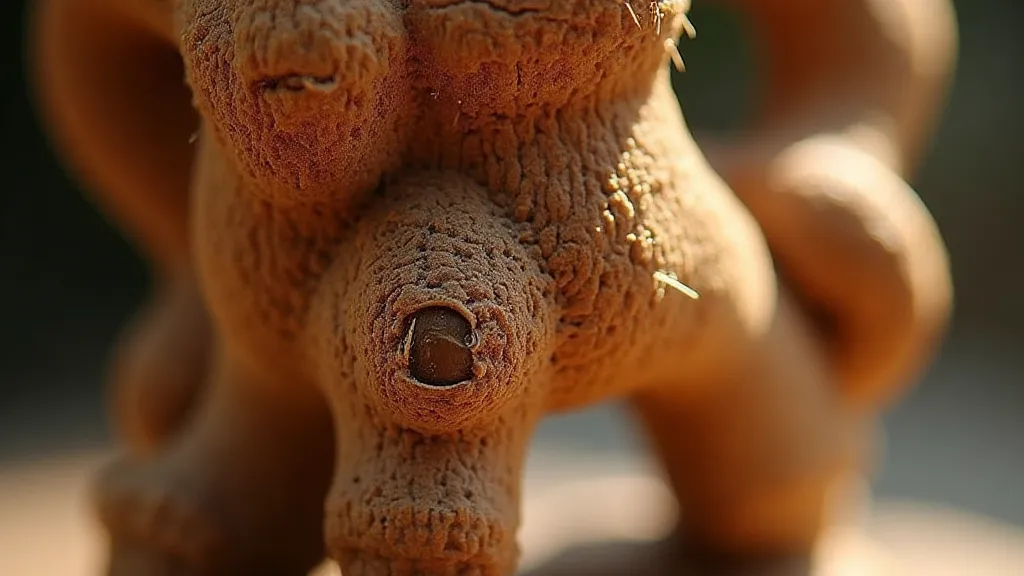
Ultimately, penknife whittling offers a pathway to mindfulness, creativity, and a deeper appreciation for the enduring power of simplicity. It’s a craft that invites us to slow down, to focus our attention, and to discover the beauty that lies hidden within a simple block of wood.

